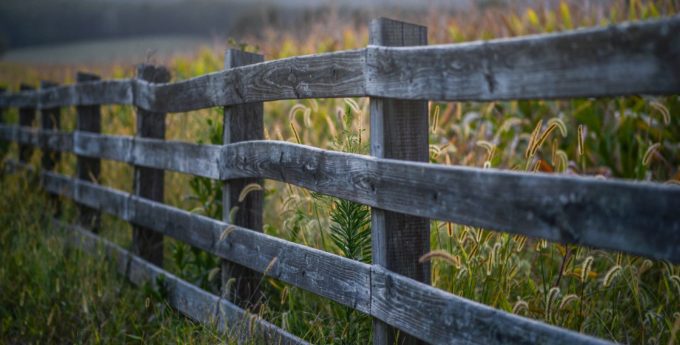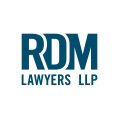A Tree Falls on your Fence: Now What?
Feb 27 2023
If a tree falls and there’s nobody around, it may not make a sound but it sure can do damage. What caused that tree to fall could be the result of many things (like an unseasonal snowstorm at the end of February!), but it may be that you can hold more than just mother nature accountable. This post provides an overview of potential liability for trees that have fallen or are chopped down without permission.
How Bad is the Damage?
First of all, assess the damage. In court, you are responsible for providing proof of an actual cost or loss to you before you can be awarded compensation. You will need to consider whether the damage is worth the fees for pursuing them.
Appraisals and quotes from professionals, such as an arborist or contractor, may also be advisable depending on the circumstances so that the cost of repair is properly estimated. If you were physically injured, you may have a claim for those damages as well.
Who Is Responsible?
Falling trees and other natural events such as storms are referred to in law as ‘acts of God’ which often are not the fault of anyone and therefore no one is responsible. However, property owners do have certain obligations that may result in financial responsibility for damage even if they did not directly cause the tree to fall, or similar natural event.
Asking questions like: Could the damage have been prevented? Was it foreseeable that the tree was visibly rotting and should have been removed? Were there any warning signs? Would someone reasonably expect the tree to fall in a storm?
Where the answers to these questions are ‘yes’, it could be found that the property owner was negligent. That is, even if a storm caused the tree to fall it may be found to be a hazard that was waiting to happen.
Note: even if the answers to the above are all “no”, if you have house insurance it likely includes coverage.
Negligence:
A finding of negligence requires that the property owners acted below the standard of a reasonable person based on what was foreseeable, and this caused your loss.
In the case of Meadows v Proctor, a large poplar tree appeared healthy and was regularly maintained by the owner. Although it had previously left debris on the neighbour’s property, the court determined there was no reason to suspect it would cause significant damage. So, when a snowstorm took down branches that damaged the neighbour’s roof, the other property owner on whose land the poplar tree grew, was not liable for negligence.
In the case of Doucette v Parent, the tree that fell had internal decay which was not externally visible while it did have a few dead branches. Like the previous case, this meant the risk was not foreseeable and therefore negligence was not found.
In the BC case of Hayes v Davis, the Davis’ tree fell during a windstorm. Davis had been warned by the Hayes that the tree was dangerous and nothing was done to fix it. Because the owner was aware of the threat and did nothing to address it she was held financially responsible for the resulting damage.
Typically, for the owner of the tree to be responsible there must have been warning signs that are visible and obvious so that someone who is not an expert would be alerted to the risk. If you have any concerns regarding a neighbour’s tree or branches, it is best to alert them right away. And if it is your tree, you will want to engage an expert.
Trespass: What if your tree is cut down?
Where an individual cuts back a tree that is not on their own property without permission, this can result in liability for trespass.
In the case of Ford v Zelman, the property owner cut back his neighbour’s tree without expertise – so much so that the tree died prematurely. He was held financially responsible to compensate his neighbour for the loss. This would apply even if the branches are on “your side” of the property line.
In general, if tree branches overhang onto your property you are entitled to trim them back to the property line. This is subject, however, to not causing significant damage as occurred (perhaps accidentally) in the prior case and you cannot enter your neighbour’s property to do so. There also may be bylaws in your municipality that protect certain types of trees.
Whose Property Line is the Tree On?
It is very important before taking any steps in relation to trees to determine who owns the land on which the tree came from or resides. Fence lines do not always match legal property lines.
If a tree fell from land owned by your city, district, or municipality, different considerations in liability and tighter deadlines may apply. It is recommended that you seek legal advice promptly to ensure no timelines are missed.
Need Help?
If you have experienced property damage or have been injured by a tree falling or other act of Mother Nature, our civil litigation team and/or personal injury team can provide guidance on what options are available to you.

